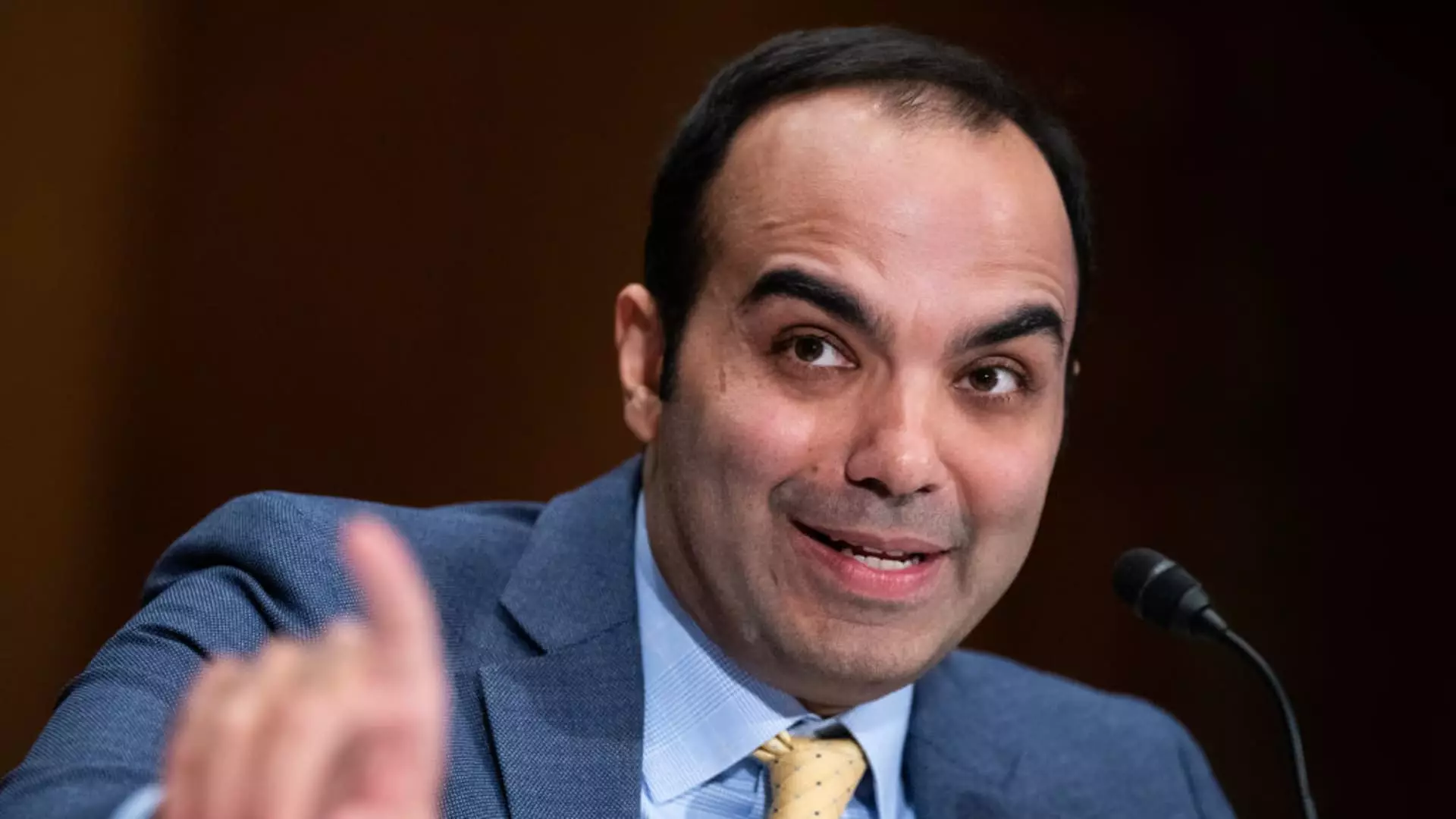In recent years, the proliferation of digital financial services has significantly transformed how consumers interact with their money. Payment applications have transitioned from mere conveniences to vital tools within the financial ecosystem, especially for lower- and middle-income demographics. Recognizing this paradigm shift, the Consumer Financial Protection Bureau (CFPB) has established a landmark regulatory framework aimed at nonbank entities that deliver essential financial services. This new rule, finalized by the CFPB, introduces measures to ensure that these tech giants and fintech companies adhere to the same legal standards applied to traditional banks and credit unions.
The CFPB’s rule is particularly notable for its focus on nonbank firms that facilitate financial transactions, such as payment processors and digital wallets. Companies processing at least 50 million transactions per year—such as Apple, Google, Amazon, PayPal, Block, Venmo, and Zelle—will come under the bureau’s regulatory scrutiny. This stringent oversight arises from a growing concern that these platforms, which often act as de facto banking services for millions, should be held accountable for consumer protection standards, fraud prevention, and privacy considerations akin to their banking counterparts.
Previously, these nonbank entities operated with limited oversight, mainly due to their strategic collaborations with traditional banks that allowed them to sidestep stringent regulations. The CFPB’s proactive approach signals a toughening stance on the part of regulators, seeking to establish a level playing field in the financial services market, where both banks and tech platforms are equally subject to compliance demands.
Technological Integration and Consumer Usage
The explosion of payment apps and digital wallets reflects not only technological innovation but also shifting consumer behaviors. As these platforms now facilitate over a trillion dollars in transactions annually, their significance in the daily financial activities of users cannot be overstated. They have evolved to serve as storage sites for cash and hubs for everyday purchases, thereby deepening their roots in the financial lives of many consumers.
According to CFPB Director Rohit Chopra, “Digital payments have gone from novelty to necessity,” highlighting the essential role these applications play in the current economy. However, as the frequency of transactions escalates, so do the potential risks for consumers, necessitating rigorous oversight to protect users from fraud, privacy violations, and unexpected account closures.
This regulation is noteworthy not only for its ambit but also for the rare alignment it has fostered between the CFPB and traditional banking institutions. Historically, banks have regarded the encroachment of technology firms into the financial services space with growing trepidation, advocating for greater scrutiny over these new entrants. Their support of the CFPB’s regulatory action signifies a shift in the narrative from opposition to collaboration. Banks, concerned about competitive fairness and the integrity of the financial system, have welcomed the heightened oversight to level the playing field.
Despite this enthusiasm from the banking sector, there remains ambiguity surrounding the rule’s future, especially in light of political changes. With an incoming administration, questions loom regarding whether these regulations will be upheld, adjusted, or erased altogether. If the incoming leadership shares a similar viewpoint on consumer protection and financial stability, it is feasible that the rule might endure and even evolve.
The CFPB’s decision to oversee prominent nonbank financial firms marks a critical step in the ever-changing landscape of digital finance. By imposing similar requirements to those banks face, the new rule seeks to enhance consumer protections in an era where payment technology is rapidly becoming integral to everyday monetary transactions. It embodies the recognition that as consumers increasingly rely on these platforms, the need for regulatory frameworks must adapt accordingly. The success of this initiative, however, largely hinges on political will and the sustained engagement of regulatory bodies in the ongoing pursuit of consumer protection in the ever-evolving digital finance arena.

